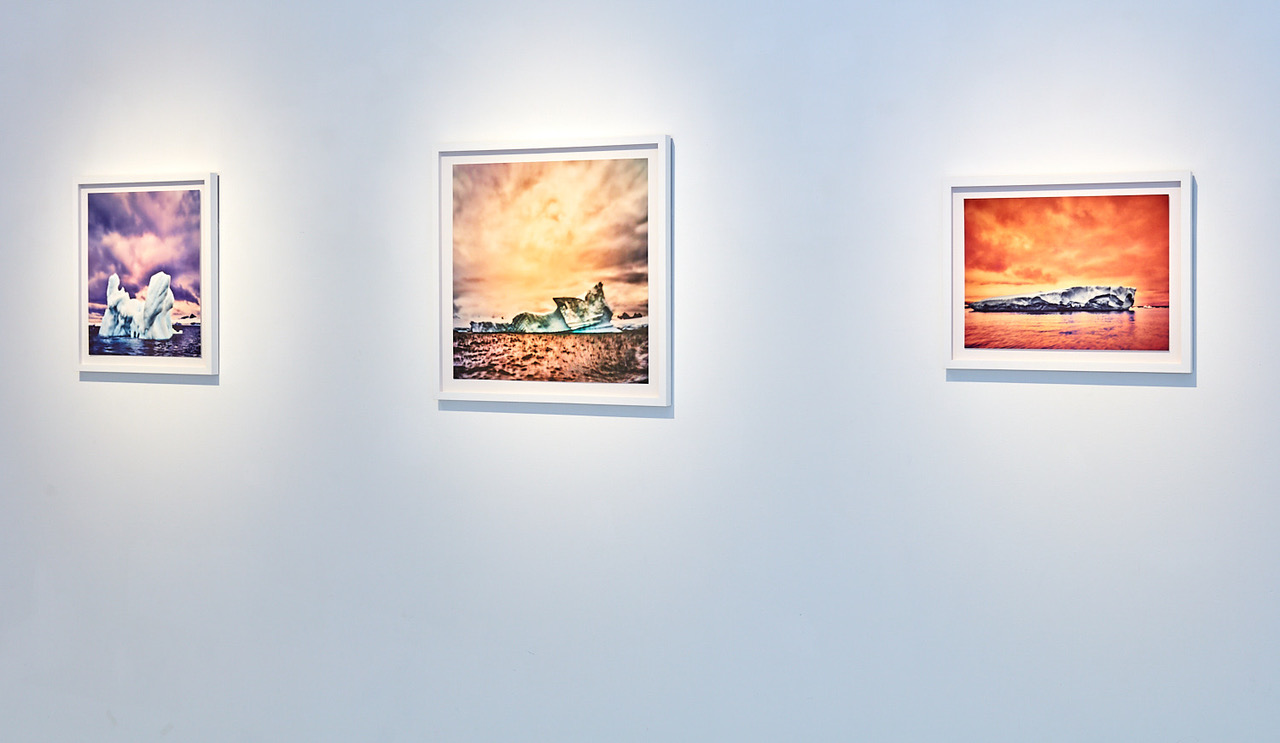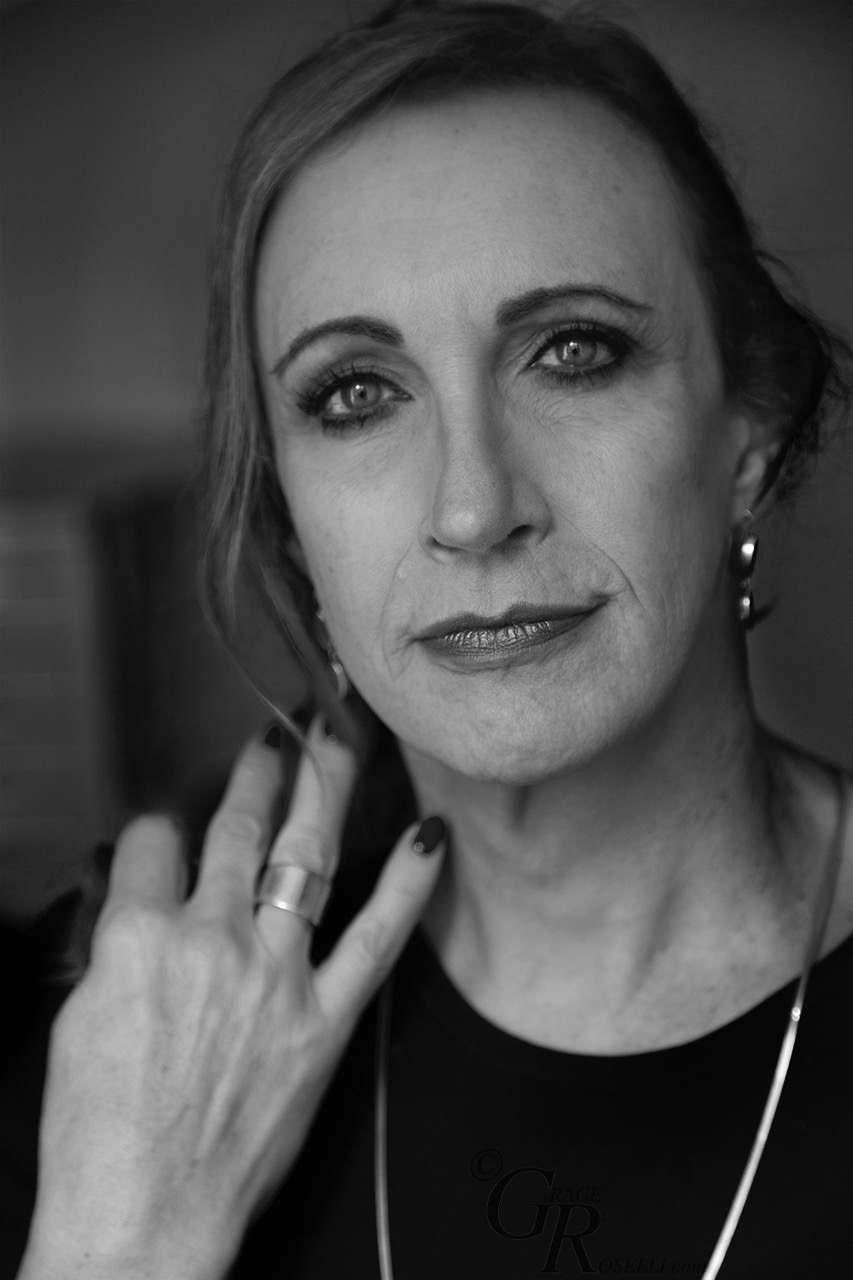
Kinematic Exposures by Osceola Refetoff, installation, courtesy of the gallery
By Noah Sonnenburg
Von Lintel Gallery is a proud fixture of the Los Angeles arts scene and has been for decades. Owner and founder Tarrah Von Lintel has been at the helm of the gallery for its long tenure as a loudspeaker for boundary-breakers and risk takers. She’s witnessed the massive changes the pandemic has wrought upon the art world. For many it has ravaged their way of life, but Von Lintel has kept her head above water.
It’s been 27 years since Von Lintel Gallery first opened its doors. From the outset the gallery employed an exclusive cast of creators whose work challenged viewers to give their full attention. With a laser focus set on an uninhibited audience experience, Von Lintel Gallery set itself apart from its competition.
“I tend to champion an exhibit work that does not reproduce well,” says Von Lintel in an interview with PR for Artists. “Most of the art that I show, you need to be in front of it and you need to spend some time with it.”
Over time, Von Lintel’s business grew as inquisitive audiences began to resonate with her curatorial style. As business increased, so did her team and so did her overheads. With more people under her employ, Von Lintel was relegated to a leadership status which often took her out of the gallery.
At the same time, Von Lintel was noticing a massive change in how art was being experienced around the globe. No longer was it pondered upon by patient enthusiasts. Rather it was becoming a backdrop for the digitally-obsessed.
“People have been more and more preoccupied by the phone,” says Von Lintel. “I think galleries have had fewer visits in person. There has been this shift towards social media and whatnot.”
From galleries to art fairs, patrons are more interested in cultivating their personal aesthetics rather than taking in the beauty being offered to them.
Seeing this digital evolution take place, Von Lintel began tinkering with her business. Shrinking staff, drastically cutting overheads, and involving herself more directly with clients, Von Lintel returned to her roots shrinking in size, but never in spirit. This helped Von Lintel readjust her approach to be more mission-driven and direct without making foundational changes to her beloved program.
Then came COVID-19. How could they showcase work without foot traffic? Where would they find the time to transfer their business online? And who was going to buy art during a global health crisis?
For Von Lintel, however, the story was different. At the tail end of her downsizing, she and her gallery were oddly prepared for the blow. A few tweaks to her business model had equated to a useful defense against the pandemic.
“Going into the lockdown, I found myself in the fortunate position where my overhead was really low and I didn’t have to scramble in the way some other people did,” says Von Lintel. “Frankly, I didn’t do much for the first month because everyone was pretty overwhelmed.”

Tarrah von Lintel, by Grace Roselli, The Pandora’s BoxX Project, NY
When the world finally settled into the new normal, Von Lintel got back in the saddle and straight to work.
“When the news started to change, I then sent out an email which basically said, ‘Support the gallery and the artists directly and here’s a list of artworks under $5,000 that are my top picks,’” says Von Lintel.
It was a simple message, but the reception was fantastic. Two works sold to LACMA, three to The Museum of Fine Arts, Houston, and six others to miscellaneous buyers. All of this under the duress of a lockdown. Those who purchased from Von Lintel said two things caught their eye. First, she was showcasing relatively inexpensive pieces. Second, she put the prices directly in the email. Had she not, these buyers may have been more reticent to inquire.
Once again, small changes made a world of difference for Von Lintel. She recognizes that she has some advantages that less experienced gallerists may lack, but it’s her inventive approach to her work that truly has stabilized her gallery during this time.
Now, months into the pandemic, she hopes it will manifest meaningful change in the artistic world.
“What I am hoping is that gallery life will change back to a little more of what it was like 20 years ago, which of course means less business,” says Von Lintel. “But it means the people who come into the gallery will really be interested.”
At the end of the day Von Lintel believes she is the best person to represent her gallery’s program. And through thick and thin, in global sickness and in health, she will continue to champion those who challenge the norm—all from her smart, humble gallery on Maple Avenue.
